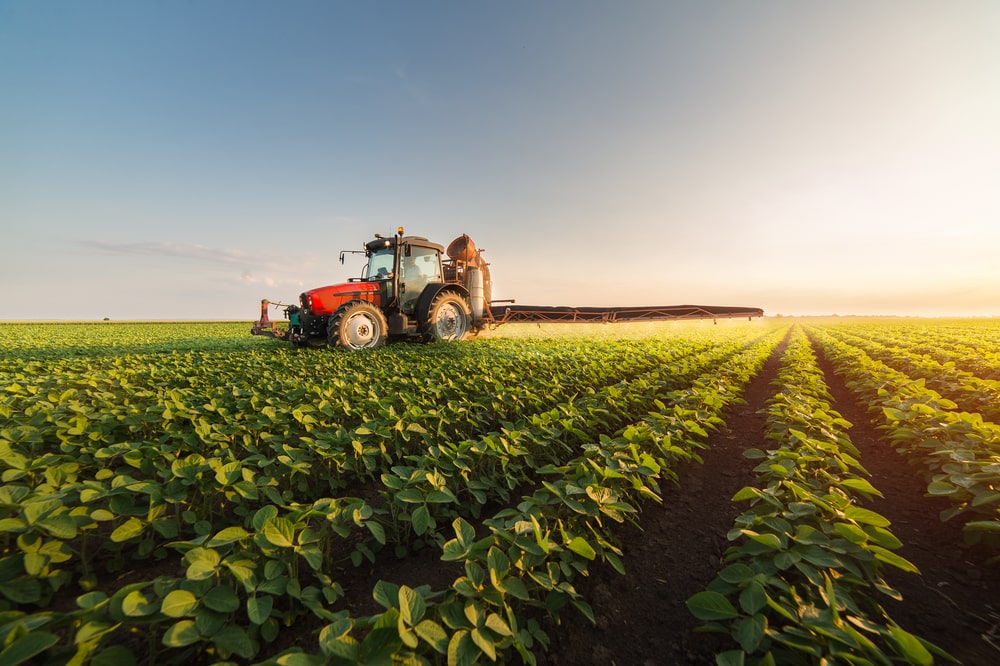This is a project worked on by A Mohamed Inayath Hussain, K.R. Lakshminarayanan, Ravi Dhanker, Sriramaswami Shastri, and Milind Bapu Desai. A follow-up paper was published at ICSAC.
India is one of the leading countries in terms of the production of staple crops. However, the yield per hectare is the lowest amongst the BRICS (Brazil, Russia, India, China, and South Africa) nations as per Food and Agricultural Organization (FAO) statistics. The loss in yield is attributed to various factors ranging from farming practices, climatic conditions, and pest infestation. In farming, infestation refers to persistent pests that infiltrate crops, affecting the general health of the plant and its development. These pests usually occur in the form of slugs, ants, spiders, and various other types of insects and are influenced by certain climatic conditions. Climatic conditions play a significant role in the development of a crop. Changes in average temperatures, rainfall, humidity, and climatic extremes (e.g., heat waves) have a direct effect on the incidence of pests and diseases. With the ever-changing climatic conditions, better prediction of pest incidence must pave the way for better control of pests and inherently increase the yield of production.
The pests are responsible for destroying one-fifth of the global food crops annually. According to the FAO, the total loss of food grains is to the tune of 1.3 billion tons per year. If we consider an average crop loss of 20% (this is as per FAO statistics), with the present gross value of our agriculture production at Rs 7 lakh crore, the loss due to pest infestation is to the tune of Rs. 1.4 lakh crores.
The contribution of agriculture to India’s GDP is 27.82% compared to the world average of 10.5%. With a growing population and shrinking land availability for cultivation, there needs to be a focus on increasing the yield per hectare. The Indian government has embarked on a journey to increase the farmer’s per capita income through various measures. This research project has been an attempt to help in this journey through a data-driven approach for solving the problem of prediction of pest incidence in crops. A machine learning algorithm is used to predict pest infestation in multiple districts of India for selected crops like rice, cotton, and maize. The models were developed using the data about crops, soil nutrient availability, and weather patterns. Various analytical models are used like Multiple Logistic Regression, Random Forest, Support Vector Machines & Time-Series models for predicting and classifying pest infestation. The Random Forest classification had been ascertained as the best amongst all the models in terms of accuracy (88%). However, based on the sensitivity (89.5%) and F1 score (88.85), the Support Vector Machine model is recommended as the most suitable algorithm. The features that had been critical to predicting infestation were Soil Deficiency in Potash, Max Temperature, Cloud Cover, Wind Speed, and Relative Humidity.
Want to work on interesting capstone projects too? Sign up for Great Learning’s PGP Data Science and Business Analytics Course and upskill today! Learn with the help of dedicated mentor support and from industry experts.









